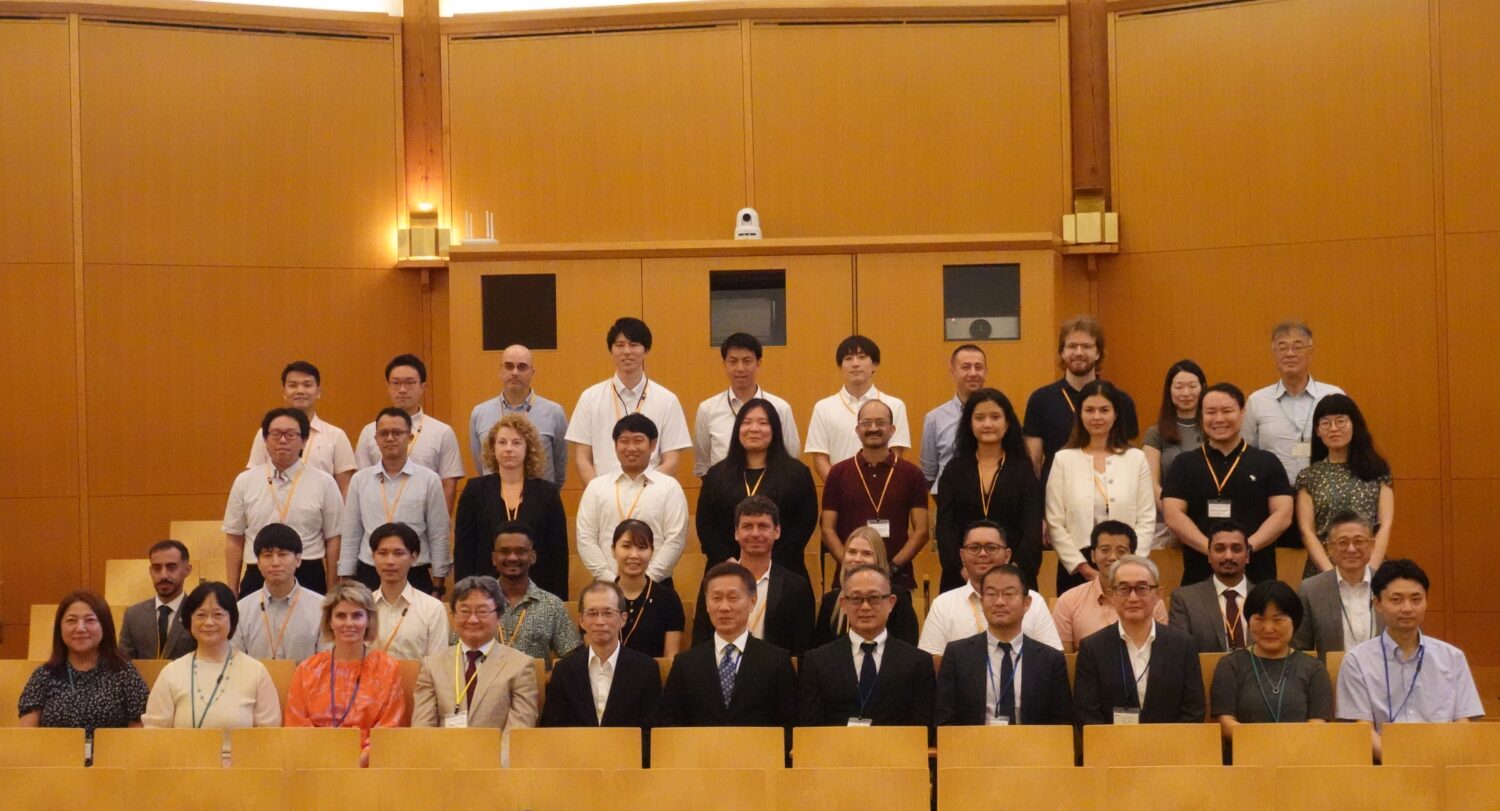The committee had begun its discussions on May 15 toward revising the nation’s Strategic Energy Plan. At the July 23 meeting, MURASE Yoshifumi, director-general of the Agency for Natural Resources and Energy (ANRE), recapped the discussions up to now and emphasized, “In the midst of increasing demand, we must accelerate the decarbonization of power sources.”
Earlier, at a meeting on June 6, in response to presentations by representatives of several communications companies, the committee had discussed the increasing demand for power in the country resulting from the use of AI technology, particularly the growing number of data centers.
At the recent meeting, Murase referred back to the spirit with which ANRE was established half a century ago, following the oil crises of the 1970s, and its stated mission, namely, to secure a stable energy supply for Japan. He added that he looked forward to meaningful discussions henceforth.
Regarding the current status of the decarbonization of power sources, along with related issues, a comparison of CO2 emissions by various power sources had been shown previously at a meeting of the Strategic Policy Committee on July 8. Discussions at that meeting included such issues as nuclear safety, the environmental effects of the installation of renewable energy facilities, and the necessity for public understanding.
The percentage of fossil-fuel energy in Japan’s primary energy supply composition in 2021 was 83%, which was high among G7 countries.
At the July 23 meeting, ANRE representatives said that the Agency was concerned about Japan’s “high vulnerability to fossil fuel risks” in the decarbonization of fossil fuel power sources, given the unpredictable balance in the supply and demand of electricity.
For example, on July 8, power interchange between generation areas was triggered when the temperature reached a sweltering 37 ℃ (98.6 °F) in the Tokyo metropolitan area, with power from the Chubu Electric Power Co. being transferred to the adjacent service area of the Tokyo Electric Power Co. (TEPCO) in order to help it meet demand.
Ever since 2015, capacity reserve margins have been relatively low during the summer and winter periods of maximum demand in eastern Japan.
In terms of a stable supply, ANRE enumerated various factors and countermeasures taken on recent occasions of tight electricity supply in the country:
- Winter of 2020 (repetitive cold waves, plus decreased LNG stockpiles)
- March 2022 (a cold wave resembling those experienced in midwinter, plus the M-7.4 Fukushima offshore earthquake of March 16)
- June 2022 (extraordinary heat, plus the maintenance of generation facilities).
Noting the outflow of national wealth associated with fossil fuel imports, ANRE asked the members for their opinions and views.
One committee member, worried about the risk of power outages from fossil fuel power plants concentrated on the Tokyo Bay coast, said, “The area known as the “Pacific coastal belt”—dating to an industrial policy in the era of Japan’s high economic growth (1954-72)—now poses as a bottleneck of resilience due to the imminent risk of an earthquake striking directly beneath the Tokyo metropolitan area.”
Concerned about that, another member called for the relocation of fossil fuel power plants and the immediate restart of the country’s nuclear power plants (NPPs).
From a regional perspective, meanwhile, Governor SUGIMOTO Tatsuji of Fukui Prefecture spoke about the development of storage tank bases, mainly in Tsuruga Port, for the new energy sources of hydrogen and ammonia, and commented, “Urban areas are scattered along the Japan Sea coast, and there is not necessarily large-scale demand anywhere.”
The governor then asked the national government to support a system enabling areas on both sides of the country—the Japan Sea coast as well as the Pacific Ocean coast—to cooperate and coordinate with each other so as to better promote industrial development.










